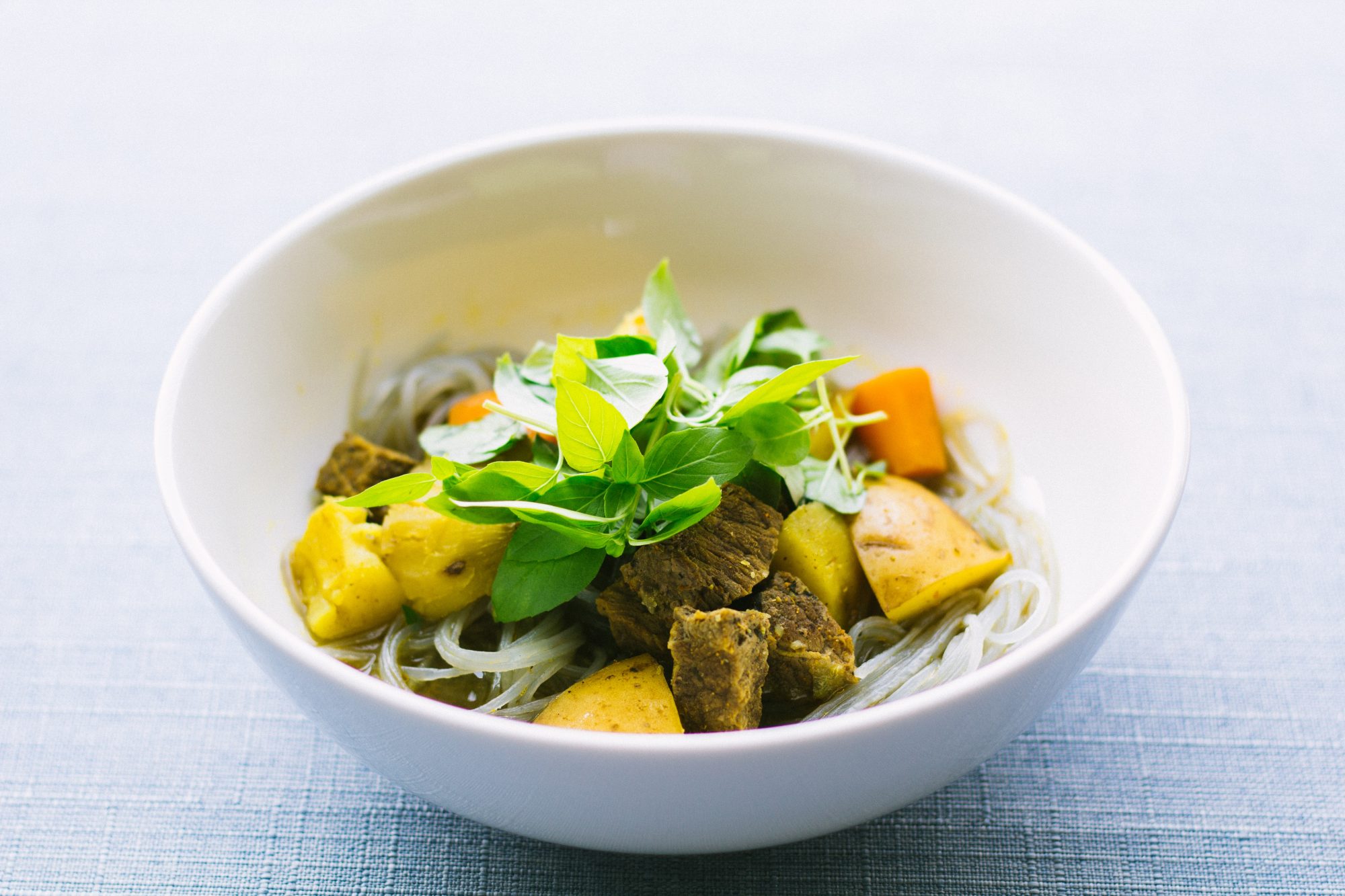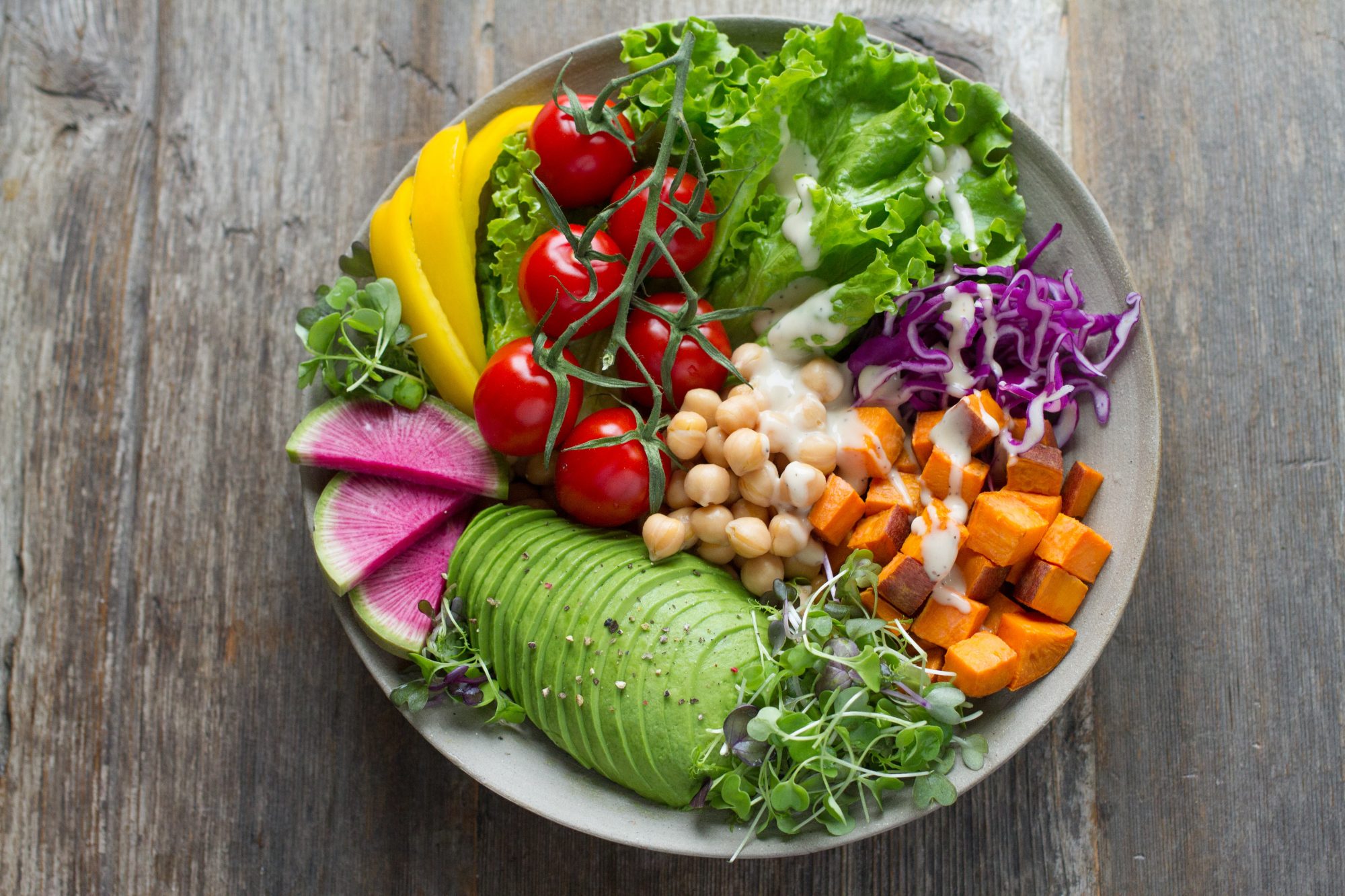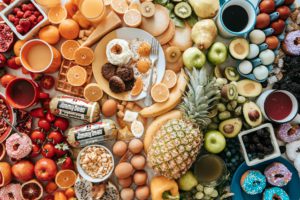[su_note note_color=”#ffe3e6″]This post contains affiliate links. Affiliate disclosure: As an Amazon Associate, we may earn commissions from qualifying purchases from Amazon.com and other Amazon websites.[/su_note]
Ladle of Contents
5 Ingredients To Always Have On Your Shopping List
Dr Marilyn Glenville believes shopping and cooking wisely to be an integral part of living well and converting from diet culture to a healthy way of life. Variety is key to enjoying your food and eating for health and weight control. In an ideal world, we would all shop at small retailers offering local, organic produce but that isn’t always practical. Marilyn believes the key to shopping is simple: buy your food in its most natural state. Ask yourself what had happened to the food and drink before it reached the shops – try to buy organic to avoid pesticides and herbicides, which can affect delicate hormone balance.
The following is some of Marilyn’s essential shopping list for foods that will help you keep your weight under control…
-
Vegetables and Salads
Everybody knows about the five-a-day fruit and vegetable target but you should actually aim to eat more vegetables than fruit. Vegetables give you the most benefits for your health but it is often easier to just pick up a piece of fruit. Research has shown that only one in four adults are actually eating five-a-day. Marilyn’s message is to increase your intake of vegetables and as with fruit, enjoy as wide a variety as possible. Go for a rainbow of colours and you’ll increase the range of nutrients you’re taking in (many of the vitamins and antioxidants are contained in the pigments).
Top Tip: Pick a new veg to try each week and remember potatoes do not count as one of your five-a-day due to their high starch content!
-
Grains
If your budget limits the amount of organic produce you can buy, put grains at the top of your shopping list! Grains are very small so will absorb more pesticides than other goods, so it is best to buy organic. You will have no trouble buying organic grains at health food shops although many supermarkets stock them now too. Include barley, bulgar, brown basmati rice, couscous, millet, oats, brown rice, quinoa (cooks like a grain but is a high-protein seed) spelt and other ancient grains like kamut and amaranth. Go for variety with grains as much as you do with veg and fruit. Experiment with new varieties, don’t just to pasta and rice.
Top Tip: If you feel bloated after eating wheat then limit your intake even of whole wheat and the same would apply to bulgar and couscous. Spelt is a strain of wheat but is often called ‘ancient wheat’ because it is one of the original strains of wheat. Spelt is much easier to digest than wheat so you might find that you get on better with this form.
-
Flavourings
Choose from ginger, garlic, fresh and dried herbs – spices like cinnamon, turmeric, pepper and chill, lemon juice, sea salt, miso and mustard. Arrowroot or kuzu are good for thickening gravies and sauces. You can find tomato ketchup without sugar and also no-added sugar mayonnaise and salad dressings. Or make your own. Soy or soya sauce is not just for Chinese food – this is good on rice, in vegetable stir-fries and in salad dressings and sauces. Choose organic where possible and avoid those containing monosodium glutamate.
Top Tip: If you are avoiding wheat then buy tamari, which is a wheat- and gluten-free, soya sauce.
-
Fish
All fish is inherently good for you. Its saturated fat levels are low and it is very nutritious. Oily fish is particularly good as it contains high levels of omega-3 fatty acids so buy and enjoy mackerel, fresh salmon (organic or wild, not farmed), tinned salmon (eat the bones) and sardines! Avoid fish, which could be high in mercury such as swordfish, marlin and fresh tuna. Tinned tuna is often produced from young tuna so does not usually contain high levels of mercury but loses the omega-3 fatty acids in the canning process.
Top Tip: Sardines and other tinned oily fish retain their omega-3 fats even when tinned so opt for these if you’re on a tighter budget.
-
Tofu

Tofu is soya bean curd, made from yellow soya beans. On its own it has no taste: its flavour is dependent on what you cook with it. It is very versatile because of this ability to pick up the taste of whatever you combine it with and because it can be prepared in a variety of ways. It can be sliced, cubed, mashed, scrambled, pureed and used in both savoury and sweet dishes. Add tofu to an ordinary stir fry simply by cutting into cubes and cooking it with the other ingredients. Add strong flavours such as garlic, ginger or tamari, which the tofu will absorb.
Top Tip: Try cutting tofu into thin slices rather than cubes and lightly fry in olive oil. At the end of cooking, when it is pale brown and the pan is still hot, I sprinkle the tofu with tamari and gently turn it over. Eat as is with brown rice and veggies or pop into a sandwich with mayonnaise, mustard and salad.
You can read more of Marilyn’s tips in Natural Alternatives to Dieting £9.97, available at Amazon.






